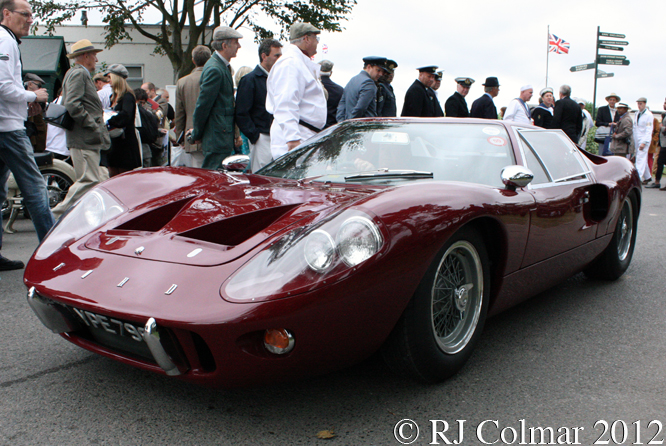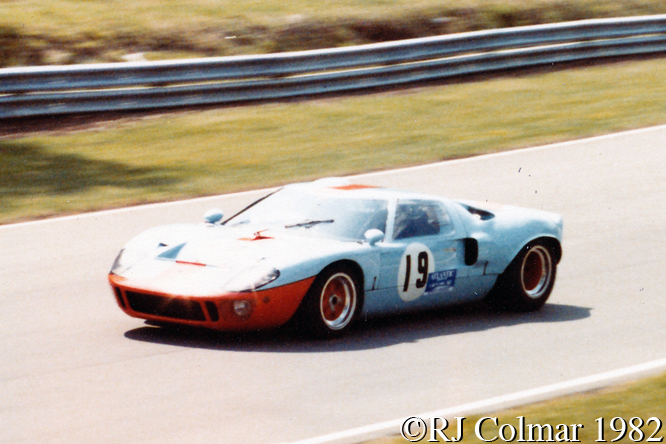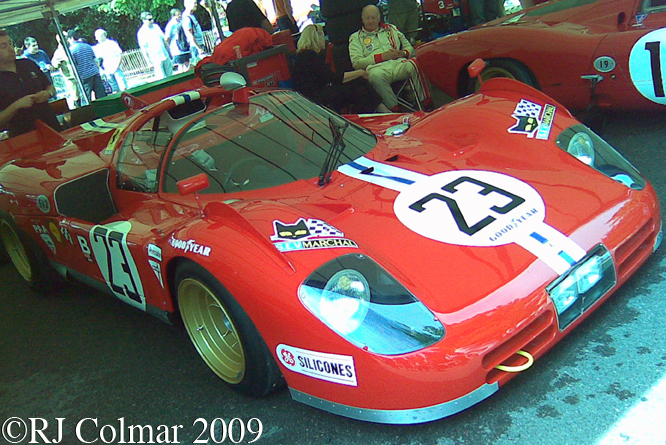Despite the success of winning the 1969 International Championship for Makes handsomely with a maximum of 45 points with their 3 litre/183 cui 908 model Porsche officially withdrew from the series with two rounds to go having failed to win any of the three marquee events of the series at Daytona, won by Roger Penske’s Lola Chevrolet T70, Sebring and Le Mans won by John Wyers ancient Gulf Sponsored Ford GT40 Mk I’s.
Porsche came to an agreement with John Wyer to run a works supported team of 917’s in all but the Targa Florio and Nurburgring rounds of the 1970 series where the 908 was deemed sufficiently competitive to win outright as it had the previous season.
John Wyers JW Automotive Team tested a 917 at Zeltweg in October 1969 and developed the Kurz Heck, also known as K, KH and Short Tale bodywork seen on today’s featured car, the rear aerofoil would first appear mid season at Le Mans.
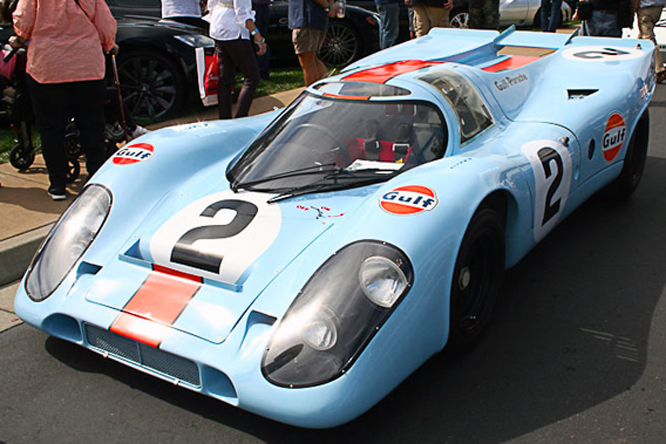
The first round of the 1970 International Championship for Makes was the 24 hour race at Daytona where Pedro Rodriguez Leo Kinnunen and Brian Redman qualified chassis #917-015 2nd behind the debutant Ferrari 512S model driven by Mario Andretti, Arturo Merzario and Jacky Ickx.
Pedro, Leo and Brian won the race by 45 laps from the sister car shared by Brian and Jo Siffert with the Ferrari of Mario, Art and Jacky 3 laps further back.
Chassis #015 was used as a team spare at Sebring where Mario Mario was drafted in to join Ignazio Giunti and Nino Vaccarella to drive the race of his life to secure Ferrari’s only championship win of the season.
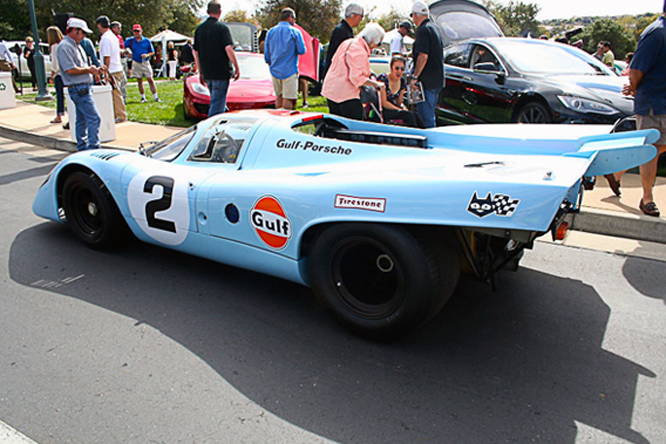
At the 1970 Watkins Glen Can Am round chassis #015 made it’s only other race appearance of the season with a smart new paint job and a rear wing fitted, Brian finished the race in seventh place and for the remainder of the season the car reverted to the role of team spare.
Porsche went on to secure the 1970 International Championship for Makes with a maximum 63 points from Ferrari, JW Automotive won seven of the ten races only being usurped by the Porsche Salzburg 917 at Le Mans. JW Automotive and Porsche Salzburg each won a race Targa Florio and Nurburgring respectively with the older 908 spyder model.
Now it get’s complicated Porsche sold the chassis #015 to the Finish AAW team while retaining the chassis tag which Porsche reassigned to #917-035 which was taken from stock and given to JW Automotive for the 1971 season.
AAW rebuilt chassis #015 into a spyder and fitted the motor from their 917 chassis number #917-021, the complete car was given the identity #917-01-021.
Leo Kinnunen, who remember had won the 1970 Daytona 24 hours in the chassis with it’s orignal ID tag, was employed to drive #917-01-021 in the 1971 Interserie Championship, a European unlimited series.
The flying Fin Leo scored an outright win at home in Keimola with enough further placings to secure the 1971 Interserie Championship.
Using respected historian Doug Nye’s principal that a chassis history is not transferable, with it’s chassis plate for example, then today’s featured car can be seen as the original #917-015, though I suspect the Porsche #917-035 which was given the #015 tag by the factory in 1971 probably still has that tag attached, 035/015 which is most certainly not the car that won the 1970 Daytona 24 hour race, today can be seen at the Porsche Museum.
My thanks to Geoffrey Horton for sharing today’s photographs of Bruce Canepa’s Porsche 917 at Niello Concours at Serrano a couple of years ago.
Thanks for joining me on this “A Short Tale” edition of “Gettin’ a li’l psycho on tyres” I hope you will join me again tomorrow. Don’t for get to come back now.


